Have a dog and moving house? Here are 15 things you should always do when moving with dogs to make your life easier.
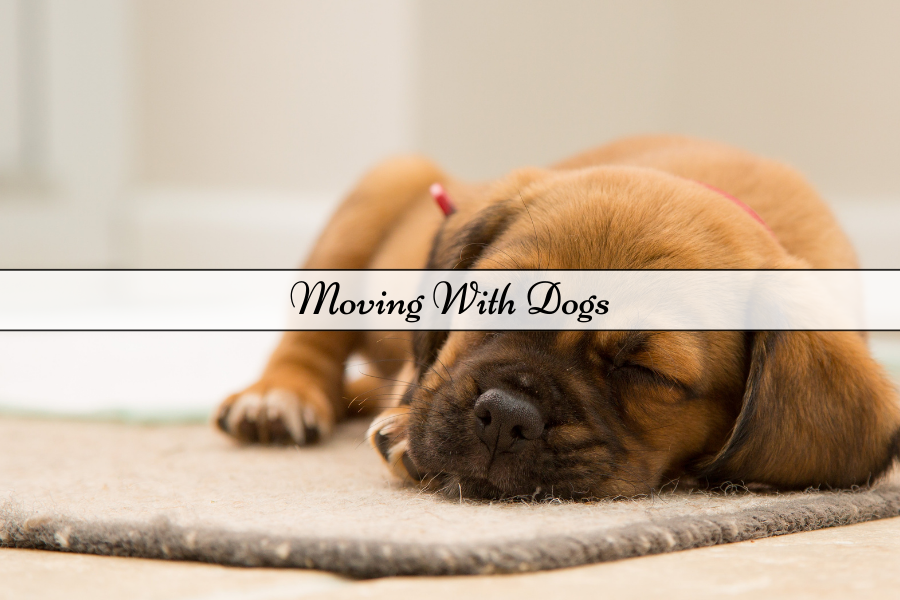
Moving is stressful in itself but moving with pets can be much more stressful if you don’t know what to expect and have not planned in advance.
The moving process starts long before moving day with planning and packing up, and this is especially the case if you have pets! With things at home being uncertain and surroundings changing, it can have quite a big impact on your pet.
The reaction of your dog to moving will very much depend on their character. Some laid back pets will not be too bothered. However, some anxious pets will need reassurance and time to adjust to the whole experience.
We’ll cover 15 things you should always do when moving with dogs to make your life easier. This includes what you should do:
Before Moving Day
On Moving Day
Once You Arrive In Your New Home
This post is all about moving with dogs.
Before Moving Day
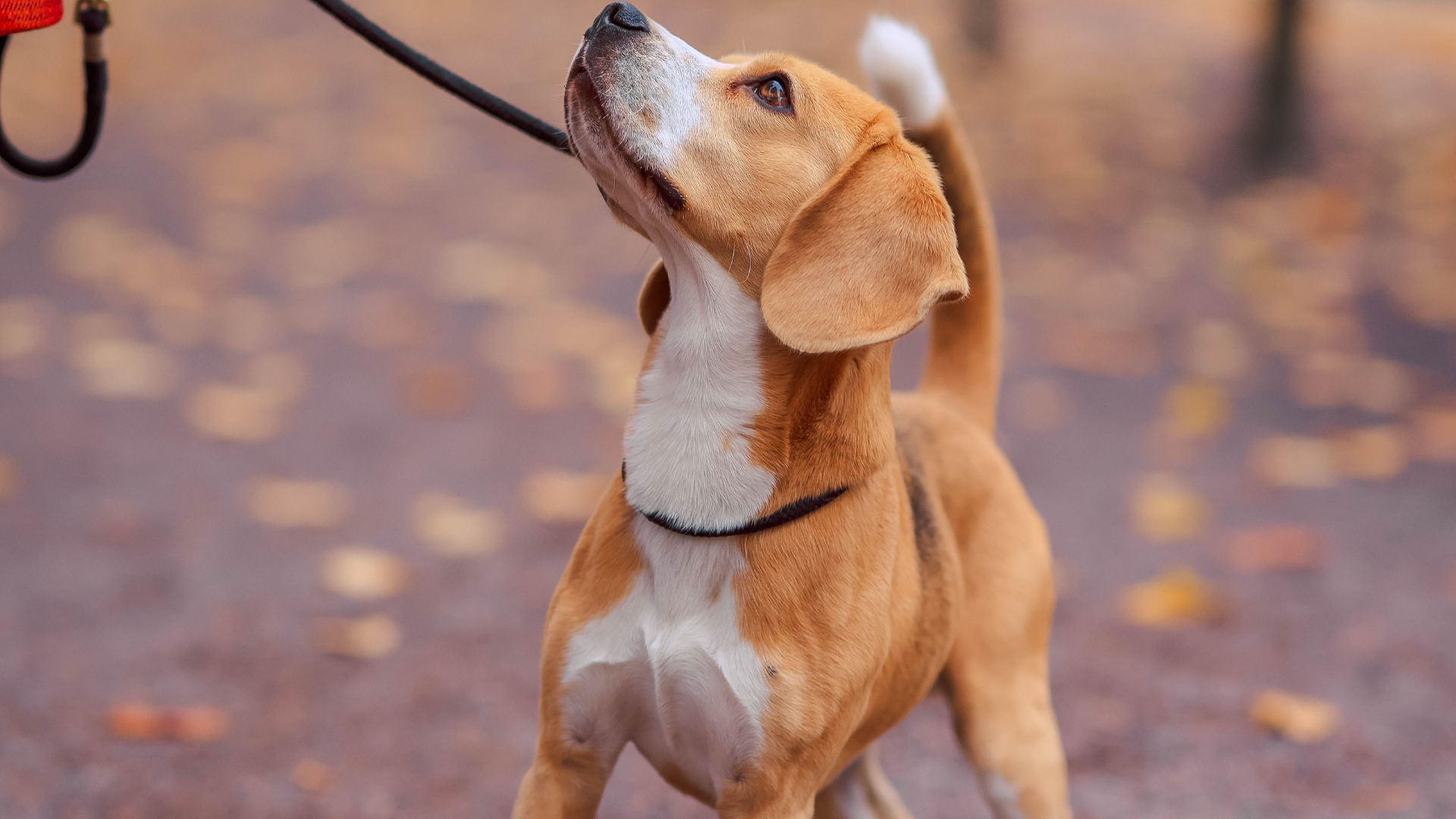
1.) Keep habits the same
Animals are creatures of habit and love their routine. This includes meals times, their daily walks, their favourite spot on the sofa, and so on. When things start moving around, it can upset them, as they won't understand that you are in the process of moving.
One of the best things to do leading up to moving day is keep their same routine as much as possible, especially their walks and meal times.
2.) Visit the area
Take your dog to the new area before moving into your new home. Going on walks around the block will help them get familiar with the new sights and smells of the area. Even just walking up and down outside the property a few times will help.
If you get a chance before moving day, take your dog inside the property. This way your dog will be familiar with it when you move in.
3.) Stock up on pet supplies
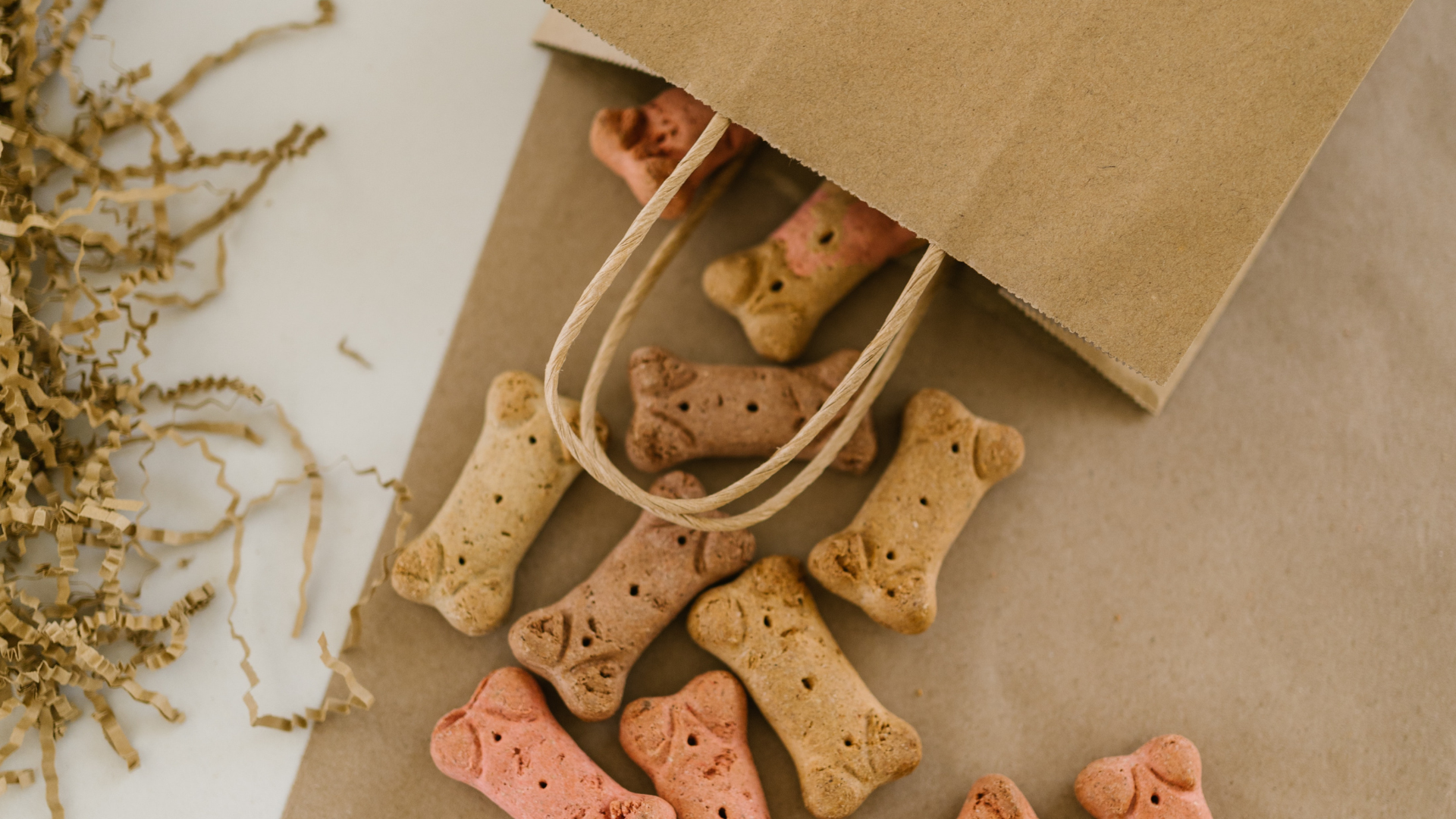
Make sure you have enough dog food and treats to cover you for the moving period and a few days/weeks after you move. The last thing you want is to be running around the shops looking for your pet's favourite food. If you can't find it and have to buy an alternative, this will upset your pet's routine on top of everything else.
If you get your dog's food delivered to your property monthly, don’t forget to inform your pet food supplier of your moving date and new address.
4.) Get pet healthcare in order
Pet medication
If your dog takes any medication, make sure you have enough to last you through the moving period. This is easy to forget when there are so many things to think about, but it is very important to remember! You may need to order it well in advance if it's a medication that tends to go out of stock quickly.
Pet vaccinations
Remember to keep your pet's vaccinations up-to-date. If you forget and it goes past the annual renewal for vaccinations, your pet may have to get further vaccinations. This can be more costly, so it's much better to get it done a bit earlier and before you move. You'll be so busy with moving that you may end up forgetting or not having the time if you leave it.
Insurance
- Pet insurance – remember to inform your pet insurance company about your change of address to keep all the details of your policy up-to-date
- House insurance – if your pets are insured for third party liability on your house insurance, make sure you keep this valid. Inform your insurance company about your change of address and that you will still have pets in your household
New vet
If you are moving out of the area, try to locate a vet near your new property. It's always a good idea to register with a vet before you move in, so if there is an emergency, the new vet has all your details in advance and your pet’s medical and vaccination history. Make sure to also put the new vet's contact details in your phone.
5.) Sort out pet tags
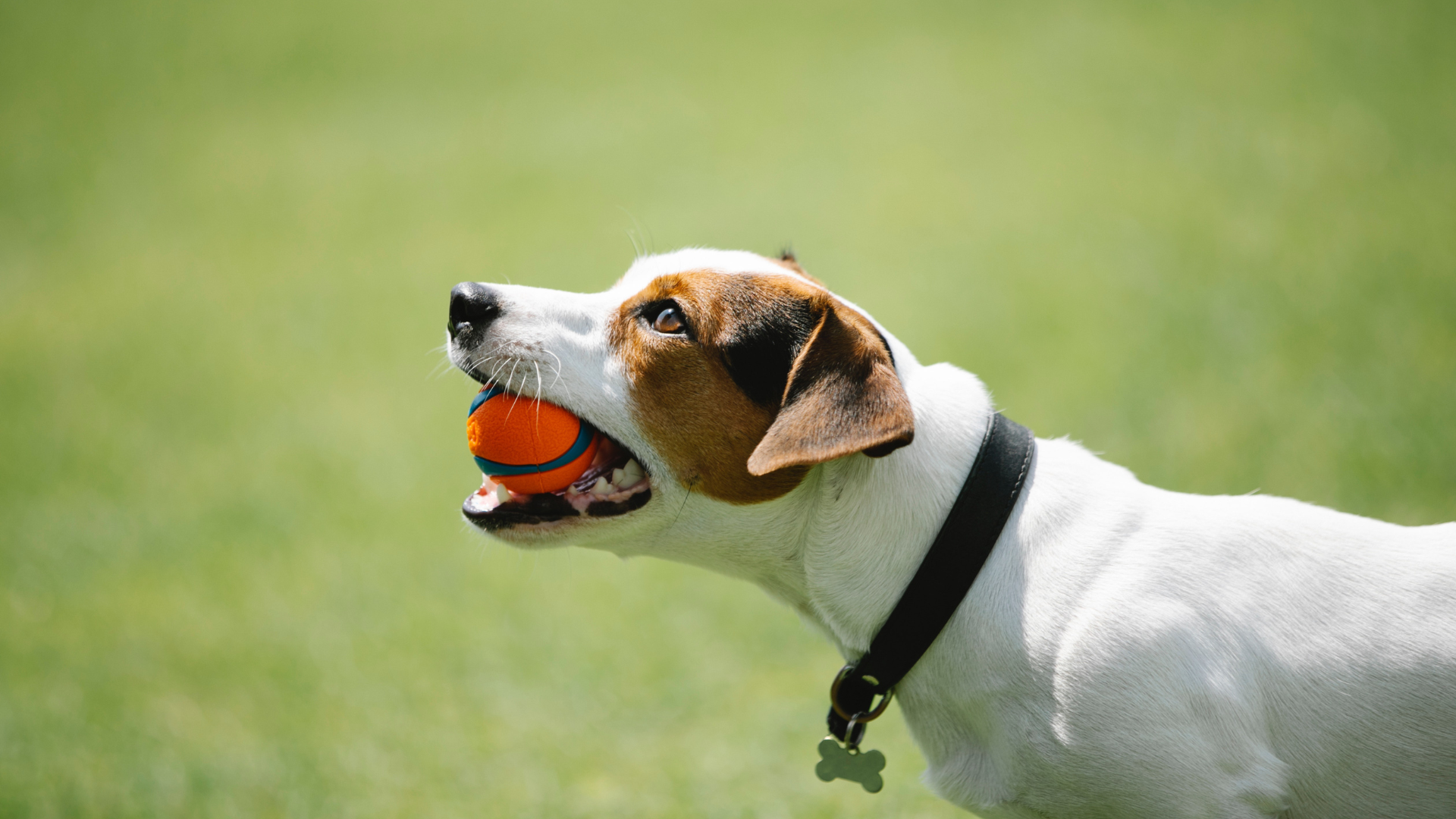
Once you know the address you are moving to:
- Inform your pet’s microchip supplier of the moving date and your new address. It is extremely important these details are kept up-to-date at all times
- Get a new pet collar tag made for your dog. Don't let your dog go around with their old address on their dog collar for weeks after you've moved. If you also change your mobile number, remember to update this on your dog’s pet tag too
Whilst you may think there is a very small chance that your dog will go missing, it's not worth taking the risk. On the off-chance something does happen, you'll be very glad you kept everything up to date. If you usually have a tracker attached to your dog's collar, make sure this is all in working order too!
6.) Change dog services
Don't forget to inform any dog walkers/groomers of your change of address and find new ones if you're moving to a new area. Whilst this isn't super urgent, if you can get it out of the way before you move, it'll be one less thing you have to do after moving day.
7.) Start getting a moving box ready for your pet
Put aside a separate box for your dog and start putting things in there that you will need on moving day. This includes:
- Food/treats and food bowl
- Water and travel water bowl
- Toys
- Blanket
- Lead/harness
- Poo bags
- Dog coat (if winter)
- White cotton sheet to cover crate and protect your dog from the sun
- Cool collar and cool mat (if summer)
- Flannels/towels
- Pet wipes
- Kitchen roll
- Dog bed
- Dog crate
- Car harness
This box should be kept separate from your other packing as you will bring it with you on moving day. Whilst some of these items (i.e. dog bed) you won't pack up until the end, it's best to gradually build up this box of items over time rather than leaving it all until the last minute.
On Moving day
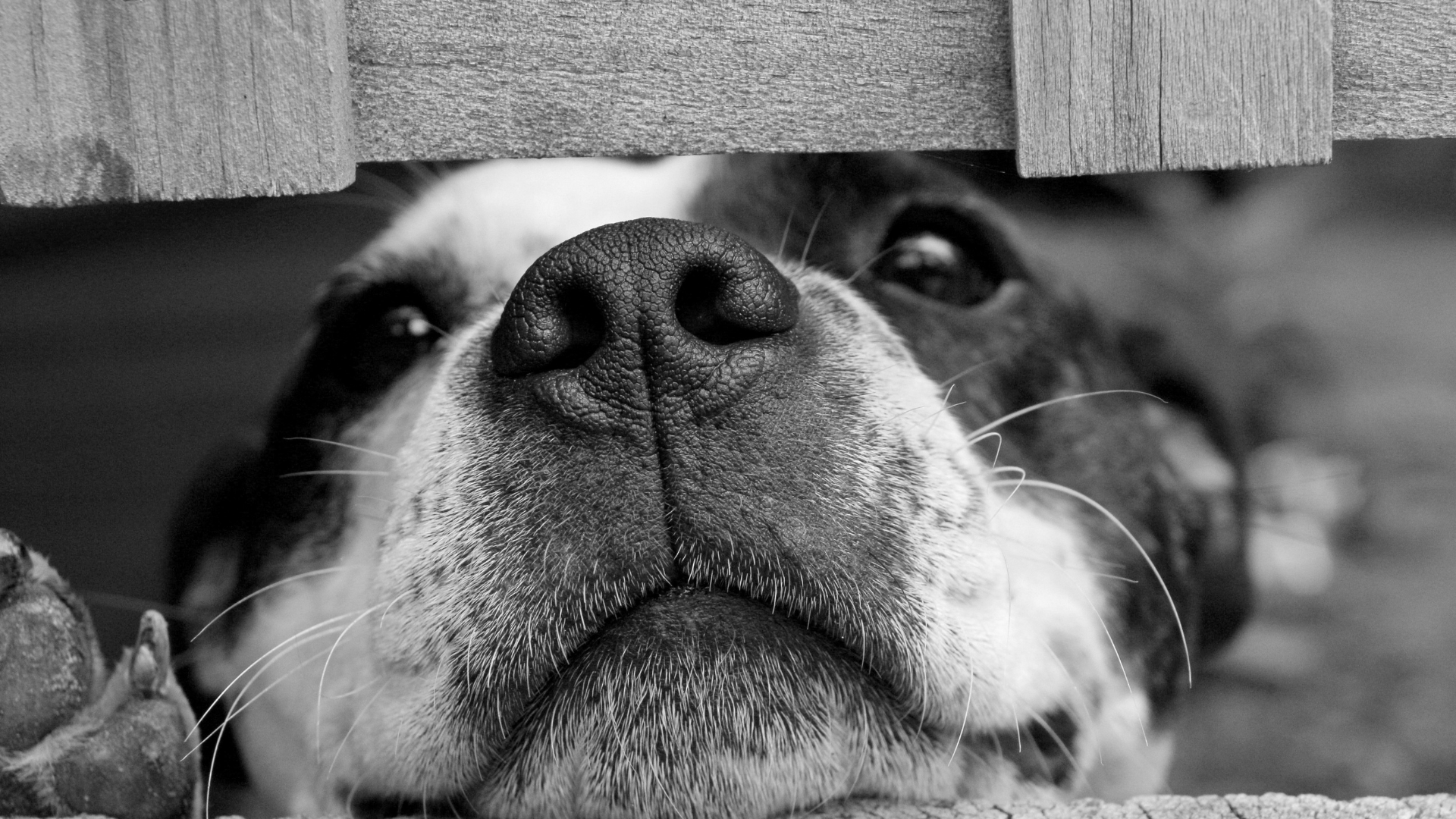
8.) See if family or friends are available
On moving day, the easiest solution would be for a family member, friend, or neighbour to look after your pet for a few days. This way you do not have to worry about your pet, knowing they are safe and happy whilst you're busy packing up.
Unfortunately, for most of us, this may not be an option and we have to move with our pets. This is why it's super important to plan in advance. Making some small changes can make a huge difference to both you and your pet.
9.) Keep your dog in a quiet and safe area of the house
It's best to keep your dog in a quiet area of the house on moving day and away for all the activity. Do not allow your pet to wander round the house on moving day. This is extremely dangerous for both your dog and everyone else in the house.
Doors and windows will be open and there will be many escape routes for your dog to run off into the street and cause an accident. The last thing you want is an emergency that disrupts the whole moving process.
Your dog should be crated if they are familiar it. If your dog is not used to this, you should spend a few weeks beforehand getting them used to a crate, helping them understand it's a safe space to be.
If you cannot crate your dog, then keep your dog on a lead or harness for everyone’s safety. Even the most chilled out dogs can become anxious and unpredictable when there is a lot of change and strangers suddenly moving items around. You should also be mindful that not everyone will like animals and some may have allergies to them.
Ideally, allocate one family member to take responsibility for the dog. This will allow the rest of you to get on with moving.
10.) Know some distracting techniques when moving with dogs
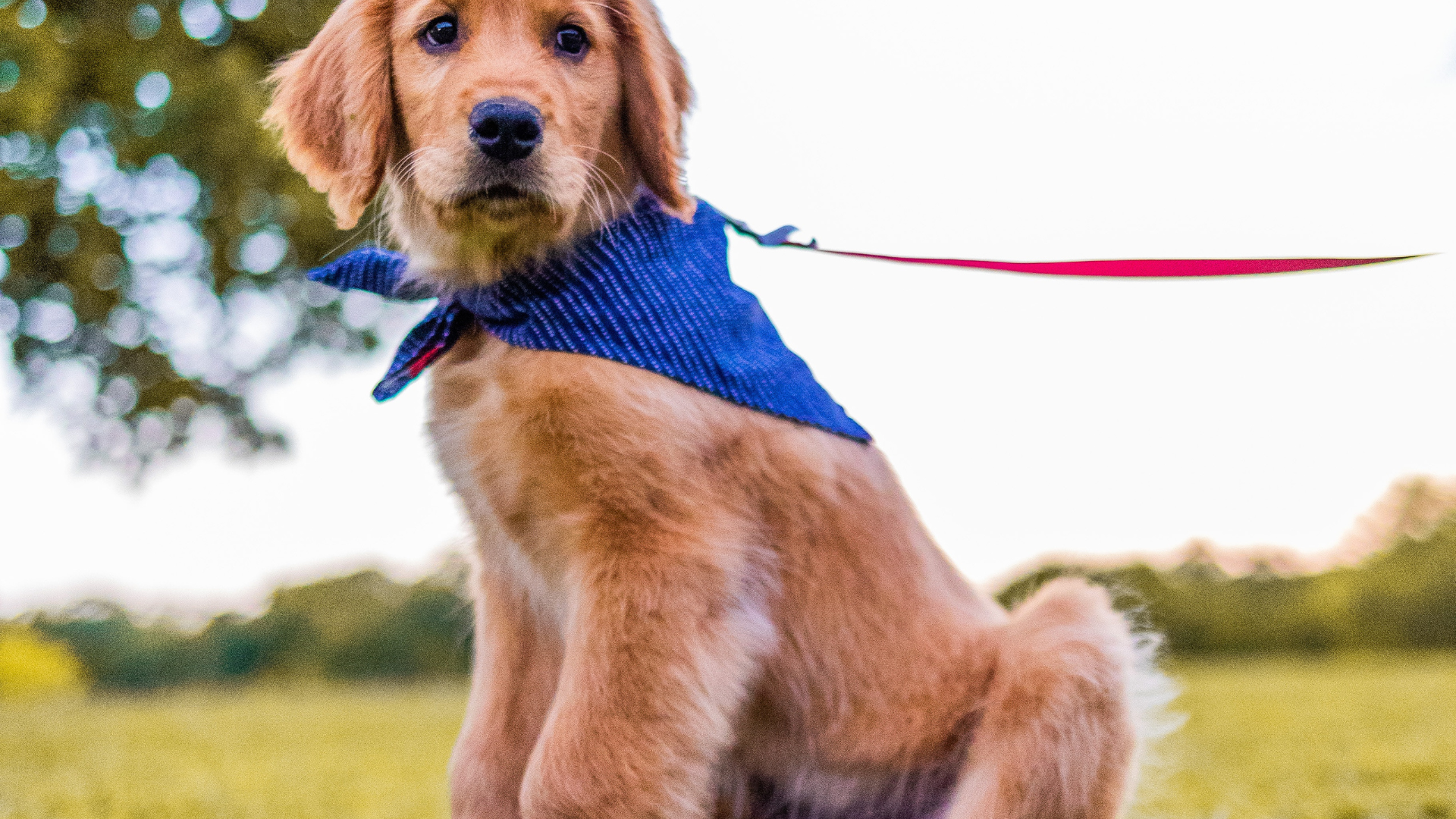
If your dog is used to barking incessantly at strangers, you really need to find a way to minimise this on the day, as it can be very distracting and uncomfortable for everyone involved. Some top tips you can do are:
- Have plenty of treats available
- Try and give your dog a long walk in the morning before the removal company arrives. This will tire out your dog and they will be more likely to sleep
- Playing calming music or having the radio on can muffle the noise in the house from moving. You can also buy calming tapes or music for pets
- Take regular breaks during moving day. This is a good time to reassure your dog or take them on a brisk walk to get some fresh air and exercise
- If your dog is very anxious, speak to your vet in advance about any calming methods. Sometimes they will give medication/herbal remedies that might be helpful on the day
On the flip side, your dog may be very sociable and want to greet the removals people. If the removals people like dogs, then introducing them can sometimes help keep your dog calm and reassure them about strangers being in their house.
11.) Transport your dog safely in the car
Once you're all packed up and ready to move, transport your dog securely in the car, either in a crate or using a car safety harness. Remember, it is illegal to transport any pets in a vehicle without them being restrained. You can view the UK's highway code rules about animals to see what's required.
Do not leave your dog loosely in the boot either. This can be very dangerous for the dog if there is a crash and can cause serious injury to your pet. It is never worth the risk even if it just a very short journey.
Once you arrive in your new home

12.) Check the property first when moving with dogs
When moving with dogs, do not allow your dog to wander around the new property straight away. Check the house thoroughly for anything that can pose a threat to your pet. Remember to also check outside in the garden. Make sure there are no:
- Holes in the fence
- Loose locks on the gates
- Dangers in the garden (sharp plants or broken glass)
- Rubbish
- Discarded foods or chemicals
Dogs are very curious and inquisitive, so they will want to sniff around everywhere.
When the removals people are delivering your goods into your house, it's a good idea to secure your pet again, either in a room or crate. Once the removal men have left and all the windows and doors are shut, you can let your pet wander around the house and garden. Don't forget to put on your dog’s new ID/address tags on their collar.
13.) Take your dog on a walk
Once you're in your new home, take your dog on a walk around the property (both inside and out). This will help them get familiar with their new surroundings. Taking them on a walk around the block may also help them settle before their first night in your new home.
14.) Get your dog comfy during the night
The first night in a new house will depend on many factors, such as the character of your pet, whether they've had much exposure to the house beforehand, and your own behaviour.
Everyone will be stressed and exhausted, so try your best not to get overwhelmed with the chaos around you. Have a quick meal and get the essentials ready for a good night’s sleep.
Whilst the house will be unfamiliar to your pet, there will be familiar items of furniture and of course you ! Leave your dogs favourite toys, blanket and bed in his new sleeping place to try and help them rest.
However, your dog may still find it difficult to settle or may even sit by the front door waiting to leave, thinking they are going back home. This behaviour may last a few days.
Gradually, when their new routine is established (i.e new walks), your pet will begin to accept this as their new home, and begin to enjoy it and feel comfortable.
15.) Dealing with neighbours when moving with dogs
Be mindful of the new neighbours who may not be pet lovers. Try and get barking under control. If a new neighbour moves in with a dog that is allowed to bark incessantly in the garden, this will not do much for good neighbourly relations!
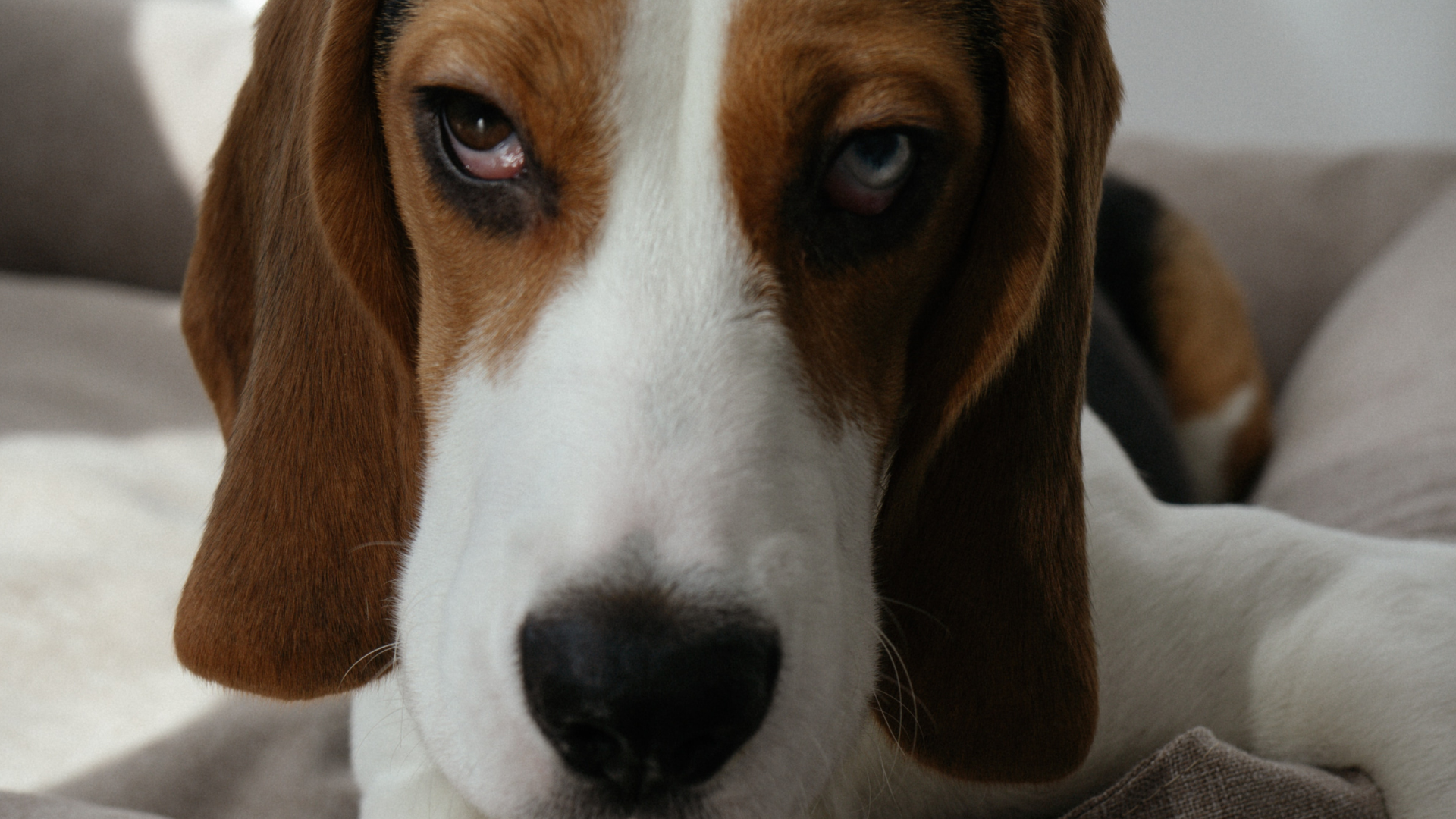
And that's all. You've reached the end :). Implementing some of these tips and tricks will hopefully make your life much easier when moving with your furry friend.
This post was all about moving with dogs.
If you found this helpful, you can view our upcoming content on our coming soon page to see what's next !

Comments